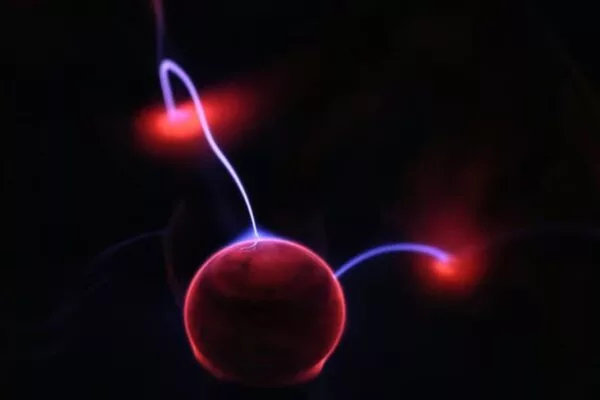A novel method of combining two materials with unique electrical properties – a monolayer superconductor and a topological insulator – provides the best platform to date for studying topological superconductivity. The combination could serve as the foundation for topological quantum computers that are more stable than traditional quantum computers.
Superconductors, which are used in powerful magnets, digital circuits, and imaging devices, allow electric current to pass through without resistance, whereas topological insulators are thin films only a few atoms thick that restrict electron movement to their edges, resulting in unique properties. In a paper published in the journal Nature Materials, a team led by Penn State researchers describes how they combined the two materials.
“The future of quantum computing depends on a kind of material that we call a topological superconductor, which can be formed by combining a topological insulator with a superconductor, but the actual process of combining these two materials is challenging,” said Cui-Zu Chang, Henry W. Knerr Early Career Professor and Associate Professor of Physics at Penn State and leader of the research team.
The future of quantum computing depends on a kind of material that we call a topological superconductor, which can be formed by combining a topological insulator with a superconductor, but the actual process of combining these two materials is challenging.
Cui-Zu Chang
“In this study, we used a technique known as molecular beam epitaxy to synthesize both topological insulator and superconductor films, resulting in a two-dimensional heterostructure that is an excellent platform for investigating the phenomenon of topological superconductivity.”
Superconductivity in thin films usually disappears once a topological insulator layer is grown on top in previous experiments to combine the two materials. Physicists have successfully added a topological insulator film to a three-dimensional “bulk” superconductor while retaining the properties of both materials. Topological superconductors, on the other hand, would need to be two-dimensional for applications such as low-power consumption chips inside quantum computers or smartphones.
In this paper, the research team stacked a topological insulator film made of bismuth selenide (Bi2Se3) with different thicknesses on a superconductor film made of monolayer niobium diselenide (NbSe2), resulting in a two-dimensional end-product. By synthesizing the heterostructures at very lower temperature, the team was able to retain both the topological and superconducting properties.

“In superconductors, electrons form ‘Cooper pairs’ and can flow with zero resistance, but a strong magnetic field can break those pairs,” explained Hemian Yi, the paper’s first author and a postdoctoral scholar in Penn State’s Chang Research Group. “The monolayer superconductor film we used has ‘Ising-type superconductivity,’ which means that the Cooper pairs are extremely resistant to in-plane magnetic fields. In the same way, we would expect the topological superconducting phase formed in our heterostructures to be robust.”
By subtly adjusting the thickness of the topological insulator, the researchers found that the heterostructure shifted from Ising-type superconductivity – where the electron spin is perpendicular to the film – to another kind of superconductivity called “Rashba-type superconductivity” – where the electron spin is parallel to the film. This phenomenon is also observed in the researchers’ theoretical calculations and simulations.
This heterostructure could also serve as a good starting point for the study of Majorana fermions, an elusive particle that would contribute significantly to making a topological quantum computer more stable than its predecessors.
“This is an excellent platform for exploring topological superconductors, and we hope to find evidence of topological superconductivity in our ongoing work,” Chang said. “Once we have solid evidence of topological superconductivity and Majorana physics, we will be able to adapt this type of system for quantum computing and other applications.”





